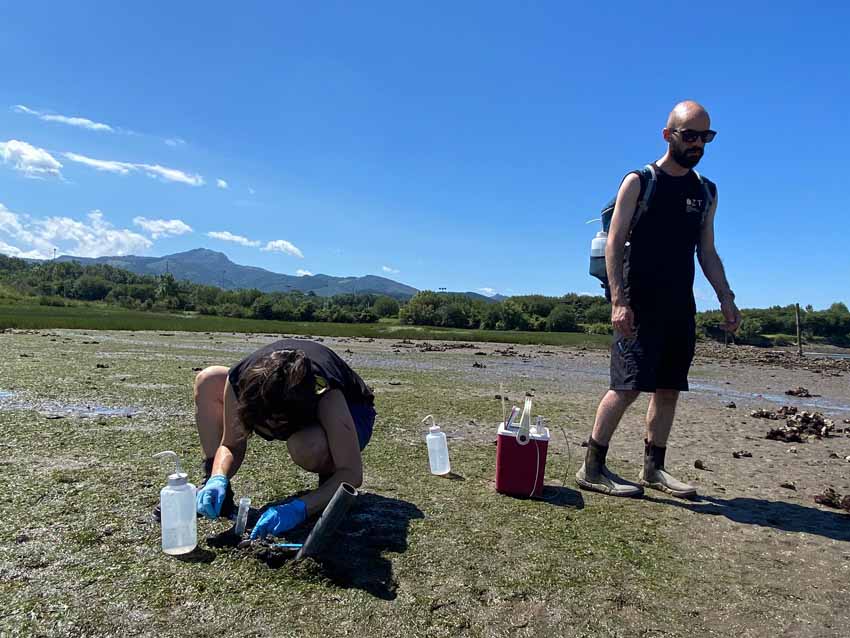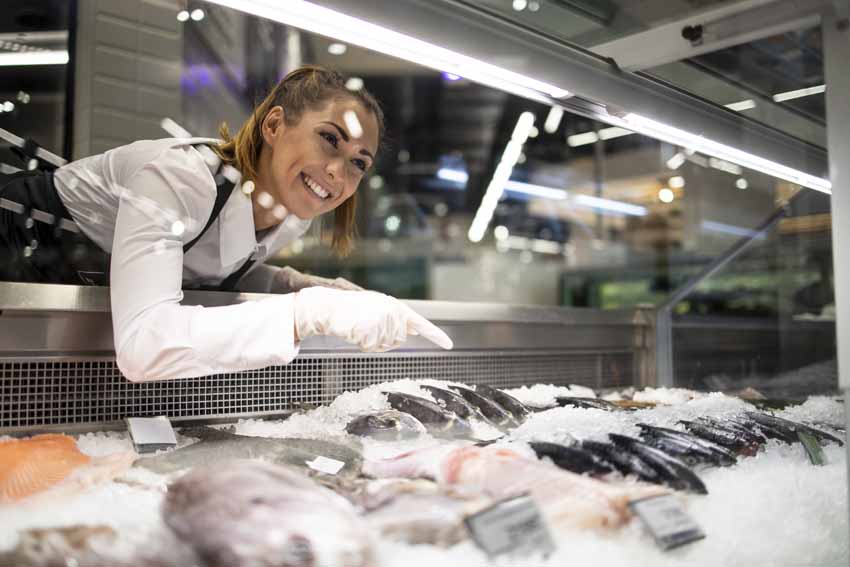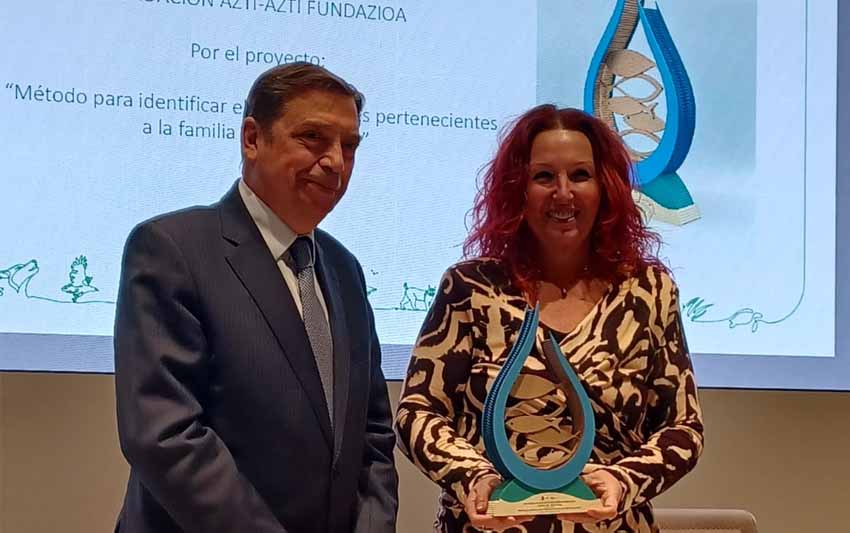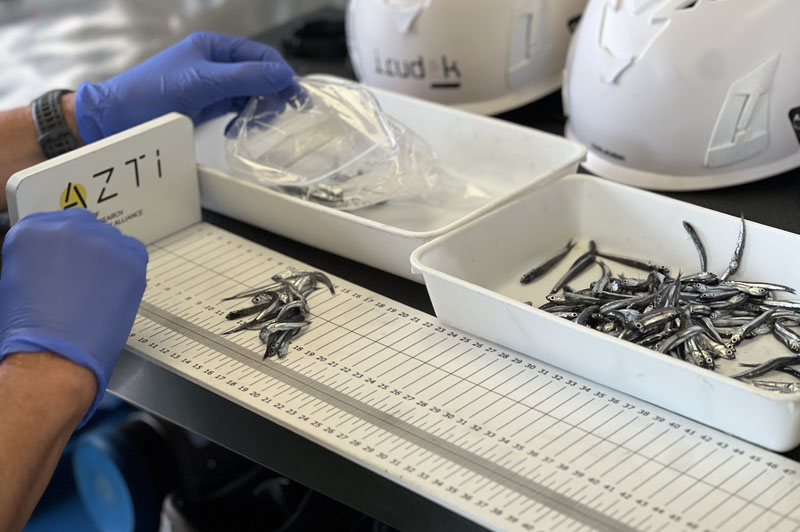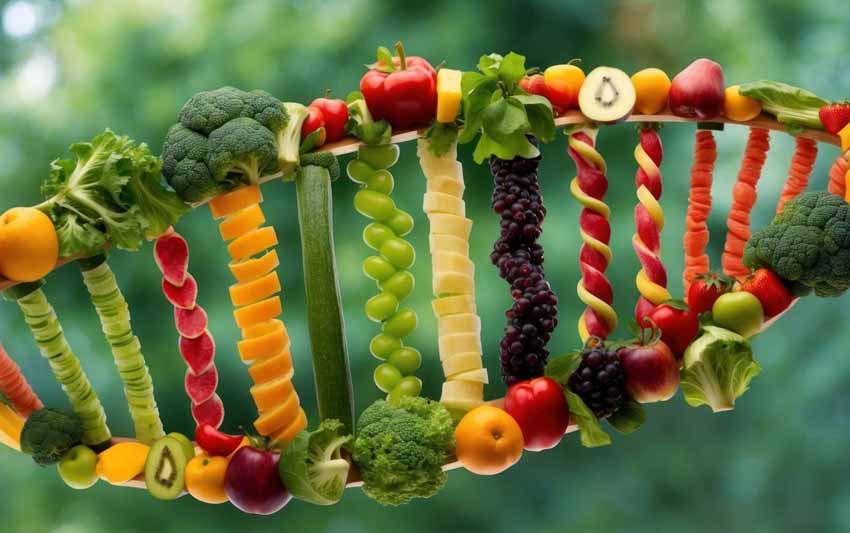Results of the scientific campaign JUVENA 2023: stability of the abundance of juvenile anchovy in the Bay of Biscay
Últimas noticias
A pioneering genetic catalogue reveals hidden biodiversity in Basque estuary sediments
Uhinak Technical Committee Sets the Key Points for the 7th International Congress on Climate Change and the Coast
“We fishermen are the ones who earn the least”
- The JUVENA campaign, carried out annually by AZTI Technology Centre, has estimated the abundance of juvenile anchovy at around 500,000 tonnes, a figure similar to last year’s, which would be practically double the average for the time series
- The study, supported by the Basque Government and in collaboration with the Spanish Institute of Oceanography (IEO) and the Ministry of Agriculture, Fisheries and Food, has been carried out using an ecosystem approach that promotes the sustainability of the species
Pasaia, 16 November 2023 – The JUVENA scientific campaign, led by the AZTI Technology Centre, has published the preliminary results of the abundance of juvenile anchovy in the Bay of Biscay for the year 2023. These estimates confirm the continued abundance of juvenile anchovy, maintaining the positive trend of recent years.
In 2023, the biomass of anchovy less than one year old is estimated to be around 500,000 tonnes, similar to 2022. In addition, the biomass estimate for juvenile anchovy in 2023 is 90% above the time series average.
The JUVENA campaign is based on an ecosystem approach that goes beyond the simple assessment of the juvenile anchovy stock. Essential factors for the sustainable development of the species are taken into account, such as oceanographic conditions and interactions with other components of the ecosystem, such as plankton and top predators of the anchovy.
“The results of the JUVENA 2023 campaign support the continued commitment of the fishing sector, the Basque Government and the scientific community to the sustainable management of this species, which is fundamental to the economy and ecosystem of the Basque Country,” said Bittor Oroz, Deputy Minister of the Basque Government. “Understanding the abundance and spatial distribution of juvenile anchovies, studying their condition and analysing the environmental factors that affect their survival are fundamental to strengthening the sustainability of fishing activity, meeting the needs of the present without compromising the needs of the future or affecting a fundamental pillar of the Basque economy,” concluded Oroz.
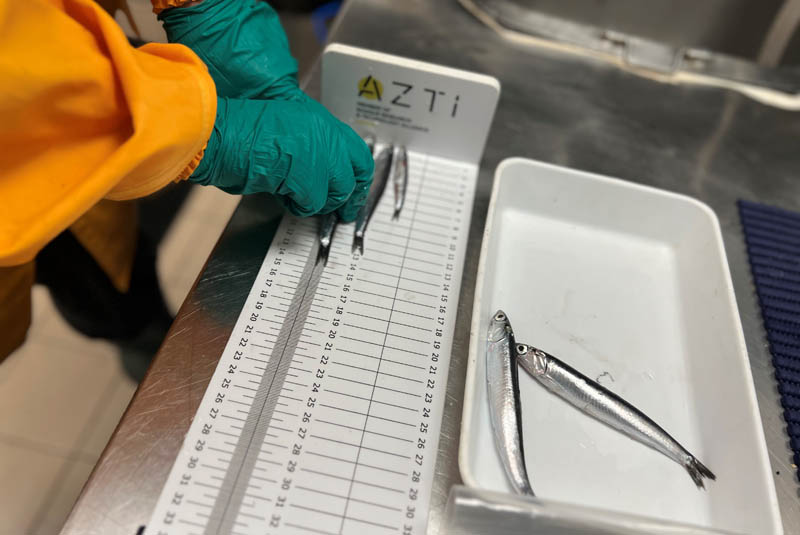
The JUVENA campaign, which has the backing of the Basque Government, is coordinated by AZTI and the Spanish Institute of Oceanography (IEO), and has the financial support of the Spanish Government’s General Secretariat for Fisheries. The results of JUVENA will be used to formulate recommendations to the fisheries authorities and contribute to the regulation of anchovy exploitation in accordance with the principles of sustainability.
“The JUVENA acoustic survey of juvenile anchovy, which began in 2003, allows us to predict how many will reach maturity the following year, allowing us to make recommendations on the allowable catch of anchovy (analytical TAC) well in advance and to develop a sustainable fishing strategy. The results of the 2023 season are very promising, as they indicate a high recruitment for the 2024 fishing season,” said Rogelio Pozo, Director General of AZTI.
The final estimate obtained will be validated in November by the Working Group for the Review of the Southwest European Evaluation Campaigns (WGACEGG), chaired this year by Guillermo Boyra, AZTI expert in sustainable fisheries management and scientific director of the campaign. After its review, the estimate of the abundance of juvenile anchovies will be included in the scientific advice for anchovy management, which will allow the establishment of the allowable catches of this species for the coming year.
